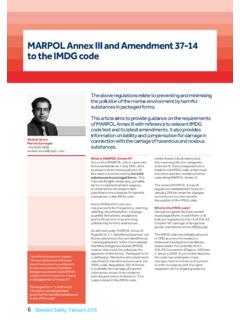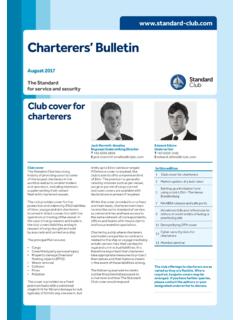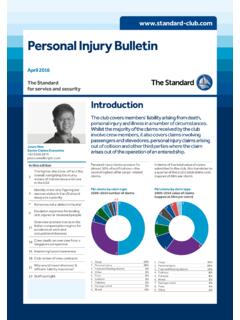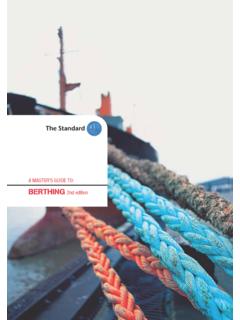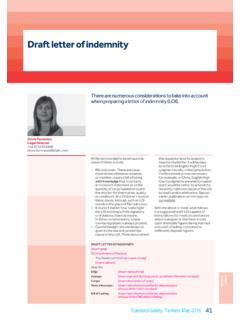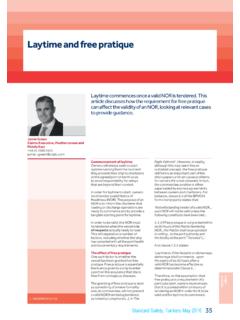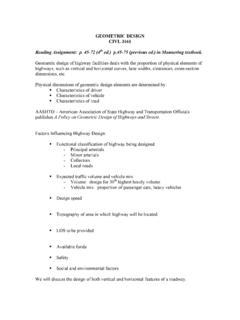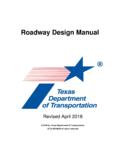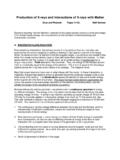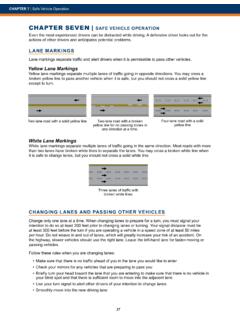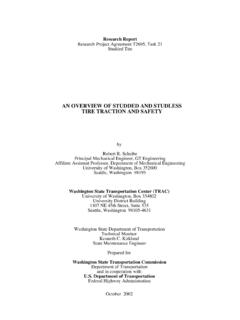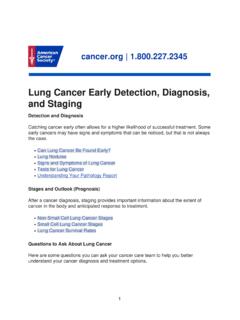Transcription of A Master’s Guide to: Berthing - Standard Club
1 | 1A Master s Guide to: Berthing This is the third edition of Standard Club s Guide to Berthing , first produced in 2004. This new version includes further content on Berthing aids, snap-back zones and bow thrusters. The Guide also provides guidance on electronic Berthing aids and detailed tug Guide sets out to promote best practice and raise awareness of the risks of handling is an art rather than a science. However, a ship handler who knows more of the science will be better at his art. Knowledge of the science will enable easy identification of a ship s manoeuvring characteristics and quick evaluation of the skills needed for control. A ship handler needs to be able to understand what is happening to their ship and anticipate potential issues to prepare for the situation.
2 This knowledge is essential in a port environment when a ship encounters close quarters situations, narrow channels and the effects of cross-winds and culmination of any voyage is the controlled mating of the ship with a solid, stationary berth. Berthing requires precise and gentle control if the former is not to demolish the latter. Such fine and precise control is demonstrated everyday by ship handlers in ports all over the world. Most ships dock safely, most of the time a testament to pilots skill and ability but the outcome of a manoeuvre is not always can, and do, run aground, demolish jetties, hit the berth and collide with other ships at an alarming frequency, giving rise to loss of life, environmental pollution and property purpose of this Guide is to provide some insight into what can go wrong and why, why ships are designed the way they are, why ships handle the way they do and how to berth them.
3 In the final chapter, there is advice on pilotage. On its own, the Guide will not teach you how to become a ship handler, but it does provide background material to help a good ship handler become a better the Berthing examples, it has been assumed that the ship has a single right-handed propeller and that bulk carriers and tankers have their accommodation Guide is unable to cover all the different ship types. Masters must become acquainted with their own ship Yves Vandenborn, Director of Loss PreventionAbout this Guide2 | A Master s Guide to Berthing Contents | 301 Golden rules of Berthing 402 Ship factors that affect manoeuvring 503 Berthing in wind 804 Effect of current 1205 Hydrodynamic effects 1406 Berthing without tugs 1607 Berthing with tugs 1808 Berthing with anchors 2109 Electronic Berthing aids 2210 Thrusters 2311 Mooring stations forward and aft 2512 Snap-back zones 2613 Fenders 2714 Tugs and pilots legal issues 2915 Master/pilot relationship (incorporating the ICF/Intertanko/OCIMF Guide )
4 3116 Standard references 36 List of photos 37 Authors 384 | A Master s Guide to BerthingPassage planning Always passage plan from berth to berth. Pay careful attention to the dangers that are likely to be encountered during the pilotage. Always fully brief the pilot, making sure that he understands the ship s speed and manoeuvring characteristics. Always ask the pilot to discuss the passage and Berthing plan. Ask questions if anything is with tugs Consider the use of tug assistance, where wind and current or the ship s handling characteristics create difficult Berthing conditions. Always estimate windage and use this estimate to determine the number of tugs required. When Berthing with a bow thruster, a large ship may need a tug to control the ship s Avoid high forward speed when: -working with tugs -using a bow thruster -under-keel clearance is small -sailing in a narrow channel or when close to other ships.
5 Test astern movement and wait until the ship moves positively astern before stopping . Remember that a kick ahead can be used to initiate and maintain a turn when speed is low. Remember that the ship s pivot point is forward of amidships when steaming ahead. Remember that a ship will want to settle with the pivot point to the windward of, and in alignment with, the point of influence of wind. Remember that the point of influence of wind changes with wind direction and the ship s heading. Remember that at low speed, current and wind have a greater effect on manoeuvrability and that high-sided ships will experience a pronounced effect from Never ring finished with engines until every mooring line has been made fast.
6 Always anticipate well ahead and expect the unexpected to Golden rules of berthingThere are certain actions that a Master should always take before and during Berthing . These are listed below:Figure 1: Stern linesFigure 2: Head lines | 502. Ship factors that affect manoeuvringUnderwater hull geometryLength to beam (L/B), beam to draught (B/T), block co-efficient, prismatic co-efficient (ratios of the ship s volume of displacement against the volume of a rectangular block or a prism) and location of longitudinal centre of buoyancy all give an indication of how a ship will values of L/B are associated with good course directional stability. Container ships are likely to have an L/B ratio of approximately 8, while harbour tugs, which need to be able to turn quickly and where course stability is not required, have a value of to values of B/T increase leeway and the tendency for a ship in a beam wind to skate across the sea surface.
7 A B/T ratio of over 4 is large. Most merchant ships have a B/T ratio in the range of to A 22-metre fast motor yacht will have a B/T ratio of about with large block and prismatic co-efficients have poor course stability and a readiness to turn. When turning, they will do so easily. Large tankers have these characteristics. Ships with a large protruding bulbous bow are likely to have their longitudinal centre of buoyancy far forward. As a result, the ship will show a tendency to pivot pointA ship rotates about a point situated along its length, called the pivot point . When a force is applied to a ship that has the result of causing the ship to turn (eg the rudder), the ship will turn around a vertical axis that is conveniently referred to as the pivot point.
8 The position of the pivot point depends on a number of influences. With headway, the pivot point lies between 1/4 and 1/3 of the ship s length from the bow, and with sternway, it lies a corresponding distance from the stern. In the case of a ship without headway through the water but that is turning, its position will depend on the magnitude and position of the applied force(s), whether resulting from the rudder, thrusters, tug, wind or other influence. The pivot point traces the path that the ship motionShips move laterally when turning because the pivot point is not located at the ship s centre. When moving forward and turning to starboard, the ship s lateral movement is to port. When moving astern and turning to starboard, lateral movement is to starboard.
9 It is important to understand where the pivot point lies and how lateral movement can cause sideways drift, knowledge which is essential when manoeuvring close to and rudderThe rudder acts as a hydrofoil. By itself, it is a passive instrument and relies on water passing over it to give it lift . Rudders are placed at the stern of a ship for this reason and to take advantage of the forward pivot point, which enhances the effect. Water flow is provided by the ship passing through the water and by the propeller forcing water over the rudder in the process of driving the ship. The optimum steerage force is provided by water flow generated by a turning propeller. Water flow is vital in maintaining control Handling characteristics will vary from ship type to ship type and from ship to ship.
10 Handling qualities are determined by ship design, which in turn depends on the ship s intended function. Typically, design ratios, such as a ship s length to its beam, determine its willingness to turn. However, desirable handling qualities are achieved only when there is a balance between directional stability and directional | A Master s Guide to Berthingof the ship. While water flow provided by the ship s motion alone can be effective, the effect will diminish as speed is reduced . Obstacles that deflect flow, such as a stopped propeller in front of the rudder, particularly when the propeller is large, can reduce rudder effectiveness. reduced or disturbed flow will result in a poor response to rudder rudders are described as balanced , as part of the rudder area is forward of the pintles to help the rudder turn and to ease the load on the steering motor.
